
views
D Balakrishna, the son of Mysore Doreswamy Iyengar, a vainika (veena artiste) and a doyen of Carnatic classical music, seems to be a man of surprises. If the fact that his father did not pressurise him to become a musician makes for an interesting revelation, the mridanga, and not the veena, was the first musical instrument he was instructed on cannot but make one’s jaw drop in surprise.Classical music to Balakrishna was introduced through listening sessions of the compositions of the then great musicians.He says that this was because his father was insistent that he had an ear for good music. The veena in the household — that of his father — he recollects, remained out of bounds to the entire family. Balakrishna was soon drafted under the mridangam vidwan C K Ayyamani Ayyar, a contemporary of the mridangam artiste Palghat Mani Ayyar.Learning the mridangam, he adds, helped him master the concept of laya (rhythm).“A vainika’s biggest handicap is to maintain the laya,” his father who was considered as the torch bearer of the ‘Mysore’ style used to say. The decision was, after all, embellished with foresight.The veena, although, continued to remain elusive to Balakrishna. It was left to Iyengar’s uncle to bring the household veena within Balakrishna’s reach.Spellbound by an impromptu veena recital by his grandson, the uncle urged his nephew to tutor his son.The baptism by the lute took place eventually, followed by exacting training regimens, of which Balakrishna has to say, “Praise from my father never came easily.” Lavish indeed were the audiences of Balakrishna’s early concerts, where he played the veena alongside his father, in cynicism.“Iyengar’s son is a carbon copy of his father,” declared rasikas. Just as Balakrishna was nursing ambitions of becoming a professional musician, he landed a job in the Reserve Bank of India, to which he remains eternally grateful. “My father was immensely happy that I took up the job as he said, “You can play the veena professionally without being a professional musician.” An undeterred Balakrishna did not allow music to take a backseat.Apart from his solo performances, he has collaborated with other artistes, such as violinist M Chandrashekar and sarod maestro Pandit Rajiv Taranath.“The composer Ariyakudi Ramanuja Iyengar laid the structure for the present system of kacheris (concerts),” elucidates Balakrishna.Question him whether today’s concerts lay lesser emphasis on technicalities such as a ragam-taanampallavi or a neraval, and he avoids being judgmental.“Composed music has gained precedence over improvised music. Today’s musicians, including me, are, after all, artistes, not Upasakas,” he notes. However, on the role of Bhakti (devotion) in learning music, the vainika says, “Gaining mastery over music is possible only through Bhakti which leads to Nadopasana (salvation through music).” On the influence of cinema on music, Balakrishna says, “Cinema’s enormous influence meant hitherto unknown krithis became widely popular after they were employed in movies.” He opines that the percussion gelled well with the vocals in A R Rahman’s remix of the Oothukadu Venkatasubbier krithi Alaipayuthe Kanna, in the movie Alaipayuthey.Balakrishna is surprised when questioned about his father’s association with the novelist R K Narayan.“Where did you hear about this?” is his instant reaction.He reminisces, “My father was eighteen years younger than Narayan. It was at a concert (of my father’s) did the friendship between the two begin.” Apparently, Narayan was so impressed with Iyengar’s prowess with the veena that he wanted to learn playing it. Their friendship continued until Iyengar’s death in 1997.











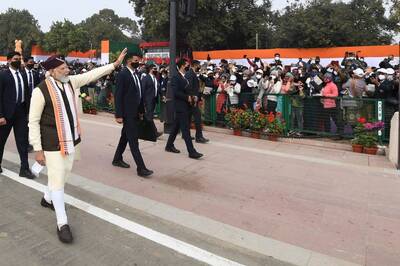
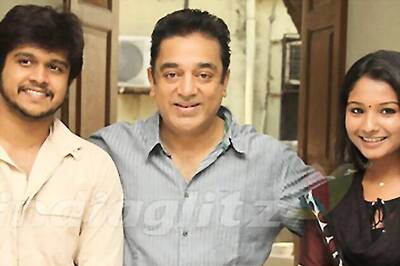

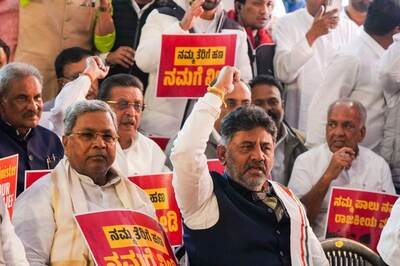
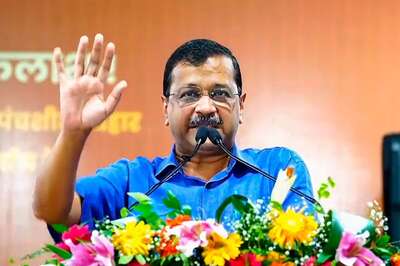
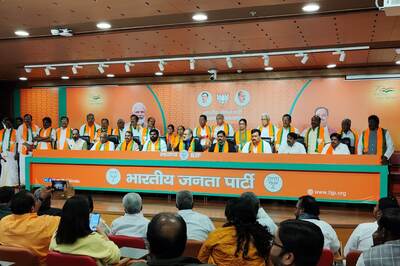
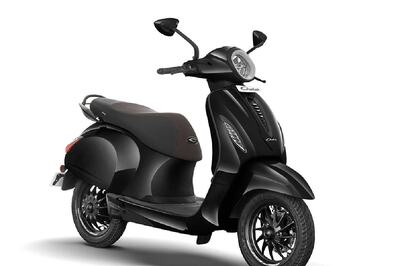


Comments
0 comment